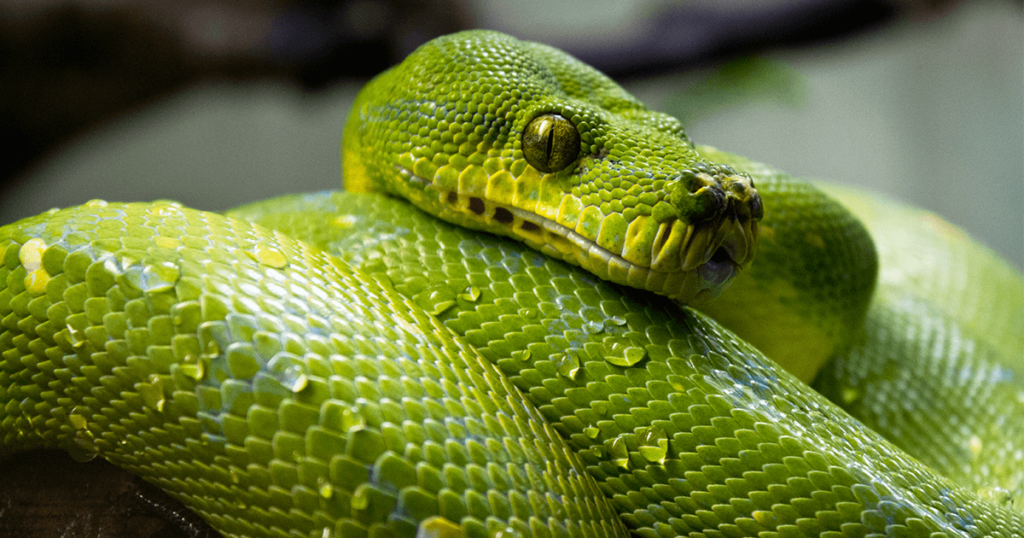
Partly because of the many myths surrounding him, Patrick has always been one of the most popular saints. In Saint Patrick Retold, medieval scholar Roy Flechner highlights a different side of Patrick’s story: his remarkable historical significance. As a Briton, a Roman, and an immigrant to Ireland, Patrick is an important bridge between late Roman Britain and late Iron Age Ireland. Indeed, Patrick is the only contemporary witness to fifth-century Britain and Ireland whose writings survive. It’s this historical perspective that Flechner sets out to explore in Saint Patrick Retold, the first biography in almost 50 years to examine Patrick’s career in the context of this historical period. Which is not to say there’s no room for myth. Below, Flechner discusses one of the most beloved Patrick tales: ridding Ireland of snakes.
By the early thirteenth century, the cult of Patrick had struck deep roots in England, and the Patrician legend became augmented with additional anecdotes that would become a staple of the image of Patrick for future generations. Of these, the most famous is probably the story of Patrick banishing all venomous reptiles from Ireland. It is found in three near-contemporary texts: the Topographia Hiberniae by Gerald (d. 1223), the Life of Patrick by Jocelyn, and an anonymous fragmentary Life of Patrick. Of the three texts, Gerald’s expresses scepticism about Patrick’s contribution to ridding Ireland of venomous creatures. He begins by confirming that, indeed, there are no serpents, snakes, toads, or any venomous creatures in Ireland, but then he continues, “Some indulge in the pleasant conjecture that Saint Patrick and other saints of the land purged the island of all harmful animals. But it is more probable that from the earliest times and long before the foundation of the faith, the island was naturally without these as well as other things.”
However, unlike Gerard, Jocelyn is not so cautious in his assessment and offers a picturesque account of Patrick’s triumph over the reptiles:
Even from the time of its original inhabitants, did Hibernia labour under a threefold plague: a swarm of poisonous creatures, whereof the number could not be counted, a great concourse of demons visibly appearing, and a multitude of evil-doers and magicians . . . and the most holy Patrick applied all his diligence unto the extirpation of this threefold plague; and at length by his salutary doctrine and fervent prayer he relieved Hibernia of the increasing mischief. Therefore he, the most excellent pastor, bore on his shoulder the staff of Jesus, and aided of the angelic aid, he by its comminatory elevation gathered together from all parts of the island all the poisonous creatures into one place; then compelled he them all unto a very high promontory, which then was called Cruachán Aigle, but now Cruachán Phádraig; and by the power of his word he drove the whole pestilent swarm from the precipice of the mountain headlong into the ocean. . . . Then turned he his face toward the isle of Man, and the other islands which he had imbued and blessed with the faith of Christ and with the holy sacraments; and by the power of his prayers he freed all these likewise from the plague of venomous reptiles. But other islands, the which had not believed at his preaching, still are cursed with the procreation of those poisonous creatures.
Excerpted from SAINT PATRICK RETOLD: The Legend and History of Ireland’s Patron Saint by Roy Flechner. Copyright © 2019 by Princeton University Press. Reprinted by permission.

